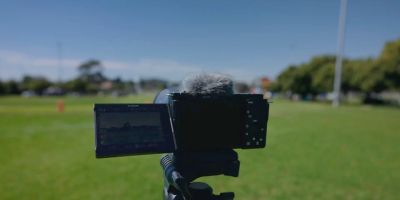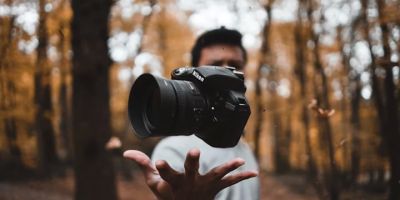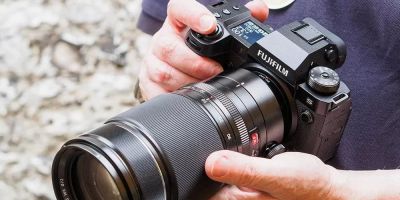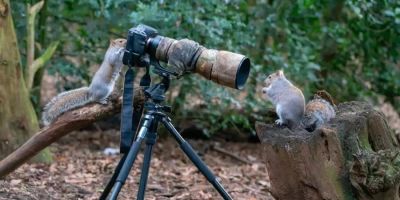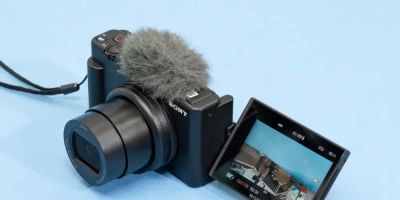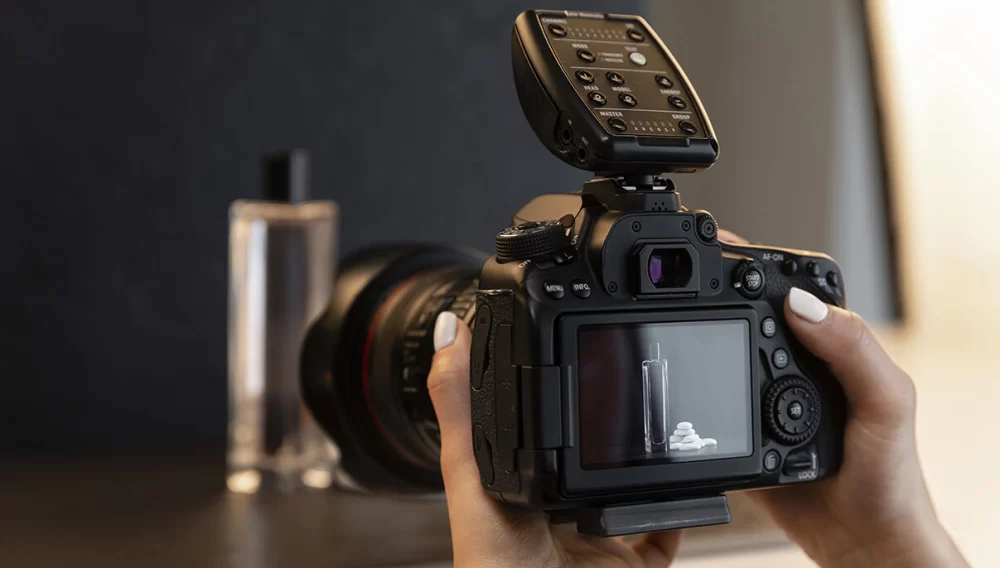
- Understanding Reflective Surfaces in Photography
- Why Glare Occurs and How to Avoid It
- Tools and Equipment for Glare-Free Photography
- Lighting Techniques to Minimize Glare
- Camera Settings and Angles to Reduce Glare
- Real-Life Case Study: How a Professional Photographer Tackled Glare
Understanding Reflective Surfaces in Photography
When it comes to capturing images of reflective surfaces, one of the most common challenges photographers face is glare. Reflective surfaces, such as glass, water, or shiny metals, can cause unwanted reflections, making it difficult to capture a clean and professional shot. Understanding how these surfaces interact with light is the first step in mastering glare-free photography.
Reflective surfaces bounce light, and the angle at which the light hits them often determines the intensity of the glare. For instance, photographing a shiny car or a mirror requires a keen understanding of how to control both the light source and the camera's position to prevent unwanted reflections from ruining the shot.
Why Glare Occurs and How to Avoid It
Glare occurs when light is reflected off a surface and into the camera lens. This reflected light can cause certain areas of the image to appear overexposed or washed out, detracting from the overall quality of the photograph. Glare is most commonly observed when photographing objects that are highly reflective, such as windows, water, or polished metal.
There are several factors that contribute to glare: the angle of the light source, the type of reflective surface, and the position of the camera. By understanding these elements, photographers can adjust their settings and techniques to minimize glare.
For example, shooting during the "golden hour," when the light is softer and more diffused, can reduce the intensity of reflections. Additionally, avoiding direct light sources, such as harsh midday sunlight, can prevent glaring issues from occurring.
Tools and Equipment for Glare-Free Photography
To capture stunning images of reflective surfaces without glare, having the right tools and equipment is essential. Some of the most effective tools include:
- Polarizing Filter: This is one of the most useful tools for reducing glare. A polarizer filter can be attached to your lens to block out light reflected from surfaces, allowing you to capture the true colors and details of the object.
- ND Filters (Neutral Density Filters): ND filters help reduce the amount of light entering the camera, which can be helpful when shooting highly reflective surfaces in bright conditions.
- Reflector or Diffuser: These can be used to bounce or soften light, helping to control reflections and minimize glare during shoots.
Having these tools in your photography kit will give you more control over how light interacts with reflective surfaces, making it easier to capture perfect shots without glare.
Lighting Techniques to Minimize Glare
Lighting plays a significant role in managing reflections and glare. Proper lighting techniques can help reduce unwanted reflections and produce clearer, more detailed images. Here are some effective lighting tips:
- Diffuse the Light: Use softboxes or diffusers to soften harsh lighting. This will prevent sharp reflections and create a more even lighting setup.
- Change the Angle of the Light: Experiment with the angle at which the light hits the reflective surface. By positioning your light source at an angle to the surface, you can reduce the amount of reflected light that reaches your camera lens.
- Use Multiple Light Sources: Adding additional light sources at different angles can help reduce the intensity of reflections and provide better overall illumination for the subject.
Camera Settings and Angles to Reduce Glare
In addition to proper lighting, adjusting your camera settings and shooting angles can help minimize glare in your photos. Some techniques to consider include:
- Adjust the Aperture: A smaller aperture (higher f-stop) can help create a deeper depth of field, ensuring that more of the scene is in focus and reducing the impact of reflections in the background.
- Change Your Position: Moving slightly to the left or right, or adjusting the height of your camera, can help you avoid capturing direct reflections from light sources.
- Use Manual Focus: Manual focusing gives you more control over the focus point, allowing you to isolate your subject and avoid unwanted glare from surrounding surfaces.
By experimenting with these camera settings and angles, you can achieve more control over reflections and reduce the chances of glare ruining your shot.
Real-Life Case Study: How a Professional Photographer Tackled Glare
One professional photographer, specializing in automotive photography, often faced challenges when shooting cars with highly reflective surfaces. On one particular shoot, a car's shiny exterior was reflecting both the sky and the surrounding environment, creating distracting glare in the photos.
To tackle the problem, the photographer used a polarizing filter to reduce the reflections and adjusted the lighting setup to eliminate any harsh spots. By carefully positioning the light at an angle and diffusing it, they were able to control the reflections and capture a stunning, glare-free image of the car.
This case study highlights how essential it is to use the right tools, such as polarizers, and apply effective lighting techniques when photographing reflective surfaces.
For those who want to dive deeper into photography and find the best products for glare-free photography, check out Photo Studio for a wide selection of cameras, filters, and lighting equipment.

